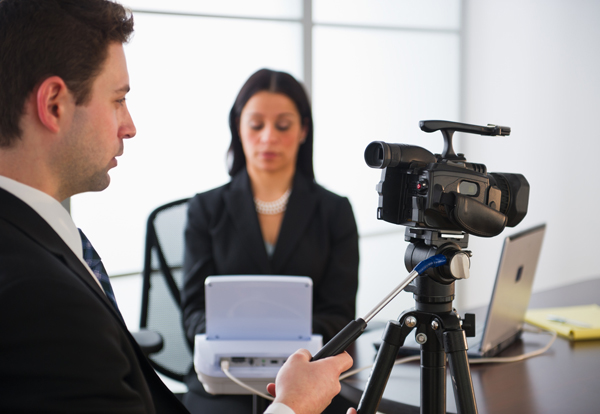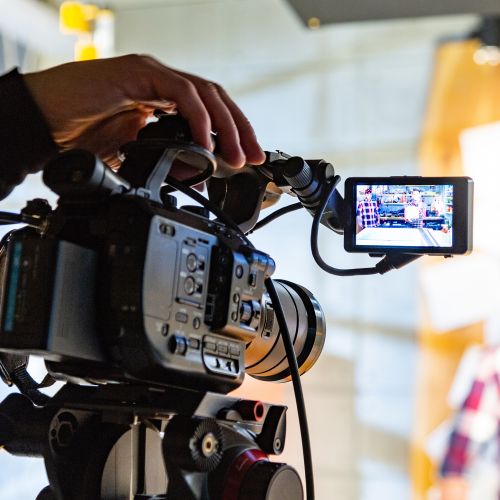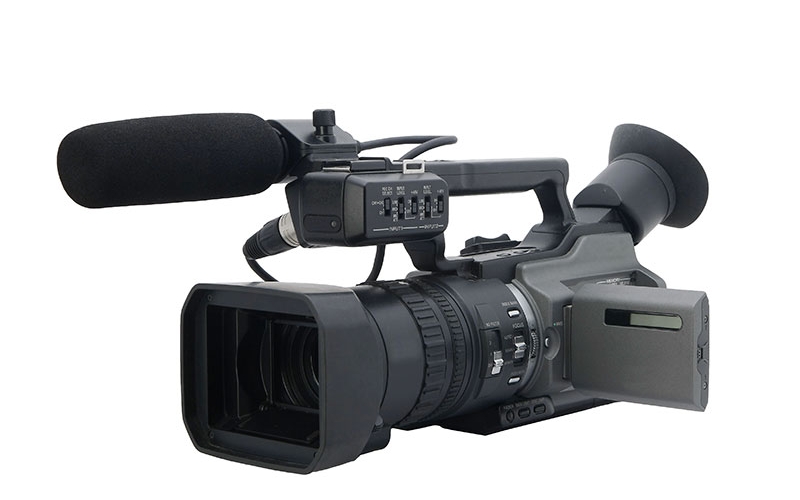Looking Into the Devices of Lawful Videography: Introduction Its Procedure in Safeguarding Authentic Aesthetic Statement for Judicial Procedures
In the world of judicial process, the duty of lawful videography stands as a cornerstone in preserving and presenting aesthetic proof. As innovation continues to advance, the mechanisms behind lawful videography have actually ended up being progressively detailed, supplying an essential layer of authenticity to testimonies captured on video.
Historical Advancement of Legal Videography
Taking a look at the historical development of lawful videography exposes a considerable makeover in the catching and discussion of visual evidence within the legal landscape. In the past, lawful process greatly relied upon composed records and pictures to record events and provide proof. However, with the arrival of video clip innovation, the legal sector witnessed a standard change in exactly how aesthetic testament was captured and presented.
The development of legal videography can be mapped back to the late 20th century when innovations in video recording tools made it more accessible for use in courts. This technical improvement not just enhanced the precision and dependability of visual evidence however additionally transformed the method situations were presented to courts and courts (Legal Videography). Attorneys began to recognize the convincing power of video recordings in sharing emotions, nuances, and non-verbal signs that created photos or transcripts alone can not record properly

Technology Advancements in Video Documents
What key technical innovations have changed video clip documents in the lawful field? The legal area has actually seen considerable improvements in video documentation technology that have actually boosted the credibility and dependability of visual evidence in judicial procedures. Among the vital advancements is high-def (HD) video recording capabilities, which provide crystal-clear photos and sharp details that are important for accurately recording testaments, facial expressions, and other aesthetic cues. In addition, the assimilation of timestamping and metadata functions in video clip paperwork devices has actually allowed precise documents of when and where the video was recorded, making certain the stability of the evidence provided in court.
In addition, improvements in video clip encryption and watermarking modern technologies have boosted the safety and security and tamper-proof nature of video clip evidence, protecting it versus unauthorized modifications or meddling. Moreover, the advent of cloud storage space solutions and remote gain access to abilities has streamlined the storage space, access, and sharing of video proof, promoting seamless partnership amongst attorneys and guaranteeing effective access to vital visual statements when required. These technical improvements in video clip paperwork have most certainly changed the lawful area, boosting the precision, reputation, and admissibility of aesthetic proof in judicial procedures.
Function of Legal Videographers in Court Setups
The evolution of video clip documents innovation in the legal field has demanded a critical duty for legal videographers in courtroom setups, guaranteeing the integrity and integrity of visual testimonies offered during judicial process. Lawful videographers play a fundamental duty in recording and protecting precise visual evidence that can be critical in lawsuit. Their responsibility encompasses establishing devices, taping process, and producing top notch video clips that properly mirror the occasions in the courtroom.
In court room settings, lawful videographers must stick to strict guidelines and criteria to preserve the credibility of the visual record. They need to possess a keen eye for information and a detailed understanding of legal treatments to guarantee that the video they capture is a true depiction of the events that took place. Additionally, legal videographers often work very closely with lawful teams to make sure that the video clip evidence lines up with the instance's requirements and can be properly provided in court to sustain the legal disagreements being made. On the whole, the duty of legal videographers in court setups is essential in maintaining the principles of justice and making sure the openness of lawful process.

Ensuring Admissibility and Stability of Video Evidence
To preserve the reliability of aesthetic proof offered in legal procedures, making sure the admissibility and honesty of video evidence is an important duty for lawful videographers. Admissibility refers to the acceptance of evidence by the court, and for video proof to be permissible, it must meet specific standards. Lawful videographers play an essential function in making sure that the video clips they record abide with the rules of evidence, such as authenticity, significance, and dependability.
Integrity of video evidence entails keeping the creativity and precision of the video footage from the time it is tape-recorded until it exists in court. This includes firmly saving the video clip data, documenting the chain of protection, and preventing any meddling or changes. Legal videographers should adhere to strict protocols to ensure the integrity of the video clip evidence and prevent any obstacles to its credibility.
Future Trends in Legal Videography
Provided the increasing dependence on innovation in lawful process, legal videographers are poised to welcome ingenious developments shaping the future of aesthetic statement capture and presentation. Among the popular trends on the perspective is the combination of digital truth (VR) and boosted truth (AR) technologies right into legal videography. These modern technologies have the prospective to revolutionize exactly how visual proof is presented in court rooms, allowing courts and judges to submerse themselves in the scene of the crime or case.
Additionally, using man-made knowledge (AI) algorithms for video evaluation is you could try this out expected to enhance the process of examining and analyzing big quantities of video footage. AI can help in identifying essential minutes, anomalies, and patterns within videos, boosting the efficiency of legal examinations.

Conclusion
To conclude, lawful videography has played a vital function in providing authentic visual proof for judicial process. Via technological improvements and the knowledge of legal videographers, the stability and admissibility of video clip evidence are guaranteed in courtroom setups. As legal videography remains to progress, it will certainly be important to support requirements that preserve the accuracy and dependability of visual statement for the future of lawful proceedings.
Taking a look at the historical development of lawful videography reveals a substantial improvement in the recording and discussion of aesthetic evidence within the Visit Your URL lawful landscape.The evolution of video paperwork modern technology in the lawful field has necessitated a crucial role for legal videographers in courtroom settings, guaranteeing the stability and integrity of aesthetic testaments provided during judicial process. Furthermore, lawful videographers often function closely with lawful groups to ensure that i thought about this the video evidence aligns with the instance's requirements and can be properly provided in court to support the lawful debates being made.To maintain the reputation of visual evidence offered in legal proceedings, guaranteeing the admissibility and integrity of video evidence is a critical obligation for legal videographers. As legal videography proceeds to advance, it will certainly be crucial to support requirements that preserve the accuracy and reliability of visual testimony for the future of legal procedures.